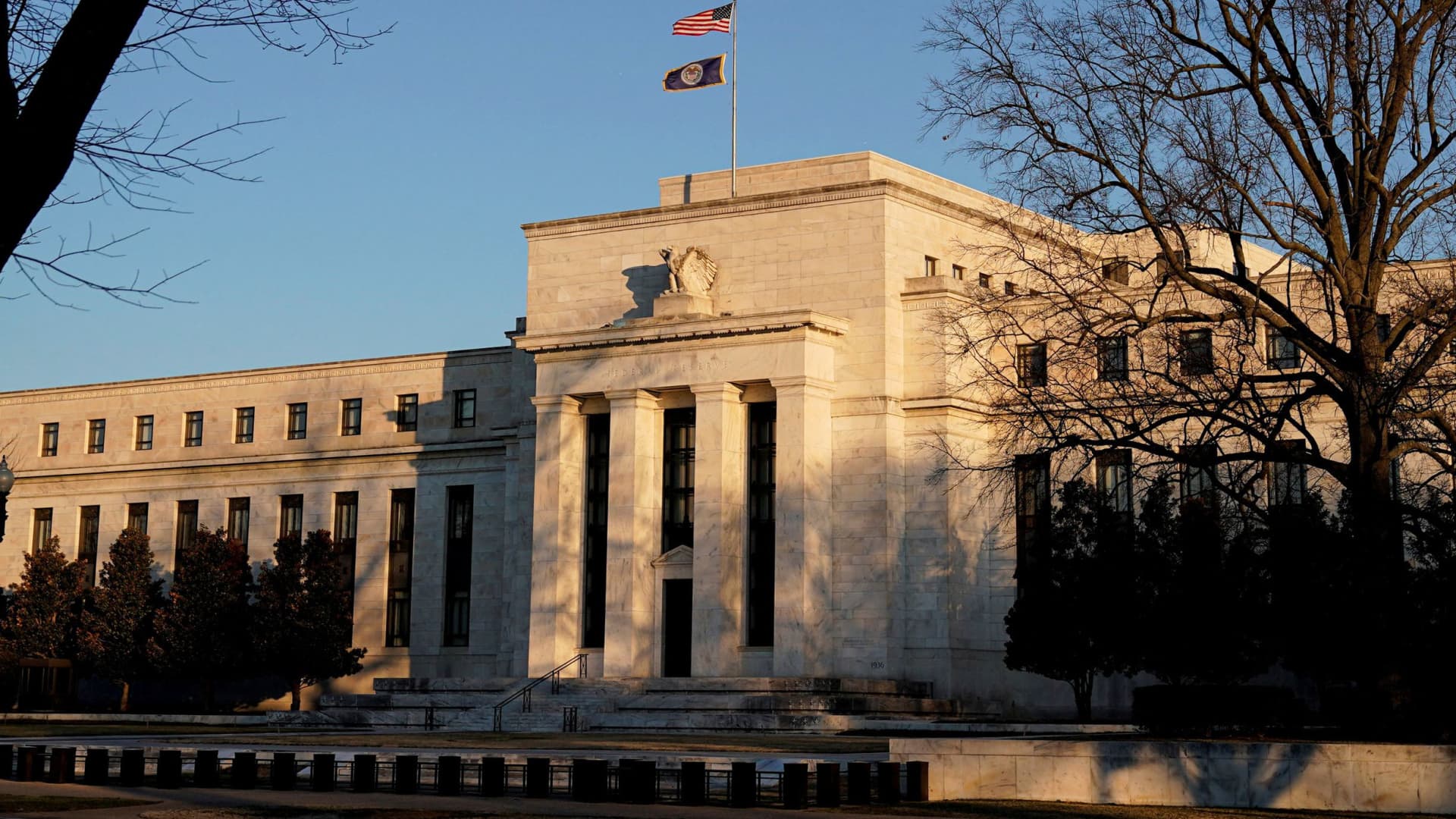US Markets
Wednesday, November 13th, 2024 7:00 pm EDT
Key Points
- Market Optimism and Expectations: Investors have been bidding up prices in anticipation of President-elect Donald Trump’s policies, including tax cuts, deregulation, and potential tariffs. This optimism has fueled strong gains in the stock market, as well as increases in gold, silver, and cryptocurrencies, driven by hopes that Trump’s initiatives will boost growth, reduce energy prices, and encourage Wall Street deal-making.
- Concerns Over Inflation and Policy Uncertainty: There are concerns that Trump’s policies, especially tariffs and increased government spending, could lead to higher inflation. The current inflation rate, which is higher than the Federal Reserve’s target, and the shift in monetary policy (with interest rates now higher than in 2016) add complexity to the economic environment. Strategists like Lisa Shalett and Holly Newman Kroft caution that the market may be overvaluing the impact of Trump’s agenda and recommend focusing on diversification and high-quality investments.
- Uncertainty and Federal Reserve’s Role: The uncertainty surrounding Trump’s economic agenda, particularly its potential to drive inflation and affect the Federal Reserve’s policy decisions, is influencing market expectations. Recent changes in futures markets reflect recalibrated expectations for the pace of future rate cuts, with concerns that Trump’s policies could lead to tighter monetary conditions. Despite this uncertainty, some market analysts argue that economic uncertainty could support stock prices in the short term, as historically such uncertainty has led to higher stock prices due to a “Wall of Worry” effect.
In the weeks following the 2024 U.S. presidential election, investors have shown a strong sense of optimism, driving up market prices with high expectations for President-elect Donald Trump’s policies. These expectations center on several key initiatives, including the potential for new tariffs, tax cuts, deregulation, and increased government spending. The market rally, reflected in gains across major indices like the S&P 500, gold, silver, and cryptocurrencies, suggests that investors are betting heavily on the continuation of Trump’s pro-business stance. However, concerns have arisen that this optimism may be premature, raising questions about whether markets are overvaluing the positive effects of these policies, especially considering the potential for inflationary pressures.
One primary concern is the possible inflationary effects of Trump’s proposed tariff policies, which could escalate into a global trade war. While the immediate impact of a 10% across-the-board tariff on imports may not reignite inflation, the cumulative effect of such policies, coupled with other economic stimuli, could exacerbate price pressures. This situation is markedly different from when Trump first assumed office in 2017, as inflation was relatively subdued, and the Federal Reserve’s policy rate was near zero. Today, however, the Fed’s target range is 4.5%-4.75%, reflecting a more restrictive policy stance aimed at containing inflation while addressing a weakening labor market. The prospect of higher inflation could influence the Federal Reserve’s future decisions on interest rates, further complicating the investment outlook.
Despite these concerns, market strategists such as Holly Newman Kroft from Neuberger Berman and Lisa Shalett from Morgan Stanley Wealth Management remain cautious but not overly pessimistic. Shalett, while acknowledging the risks of Trump’s economic agenda, emphasizes that investors should focus on diversification and not chase trends aggressively into 2025. Her advice centers on broad balance in asset allocation, as the timing and full execution of Trump’s policy goals remain uncertain. She also notes that, unlike 2016 when Trump entered office with a backdrop of economic stagnation and ultra-low interest rates, the current economic environment is more complex, with higher inflation and a less accommodative Fed.
Similarly, Kroft advises maintaining a diversified portfolio, focusing on higher-quality investments, and avoiding high-yield bonds and emerging market debt. Instead, she suggests overweighting small-cap stocks, which have performed well since Trump’s victory. This strategy reflects the belief that while markets may be overly optimistic, small caps are better positioned to benefit from the expected growth stemming from Trump’s agenda.
Another significant factor in the current investment climate is the uncertainty surrounding the Federal Reserve’s response to potential economic growth and inflation. Trump has historically favored lower interest rates and criticized the Fed for its rate hikes during his previous term. The market’s recalibration of expectations for future rate cuts signals a shift in the financial landscape, with the federal funds rate now expected to settle at a higher level than previously anticipated. This raises the possibility that Trump’s policies, if they drive higher inflation, could prompt a tightening of monetary policy, which would have significant implications for markets.
Despite the uncertainties, some market veterans, such as Jim Paulsen, argue that economic uncertainty may actually provide support for the market. Paulsen suggests that historically, when economic policy concerns become as extreme as they are today, the negative effects are often outweighed by the “Wall of Worry,” a phenomenon where market participants are more motivated by fear of missing out on potential gains than by concerns over policy risks. This mindset could lead to further market growth, despite the volatility and risks associated with Trump’s agenda.
Overall, while there are clear risks associated with the potential inflationary effects of Trump’s policies, most analysts remain cautiously optimistic. They advise investors to focus on balanced portfolios, diversification, and the longer-term picture, acknowledging that while market volatility may continue, there is still a case for growth under Trump’s economic agenda, provided the risks are managed carefully.
For the full original article on CNBC, please click here: https://www.cnbc.com/2024/11/13/markets-are-priced-to-perfection-on-the-trump-trade-heres-why-that-could-be-a-problem.html




